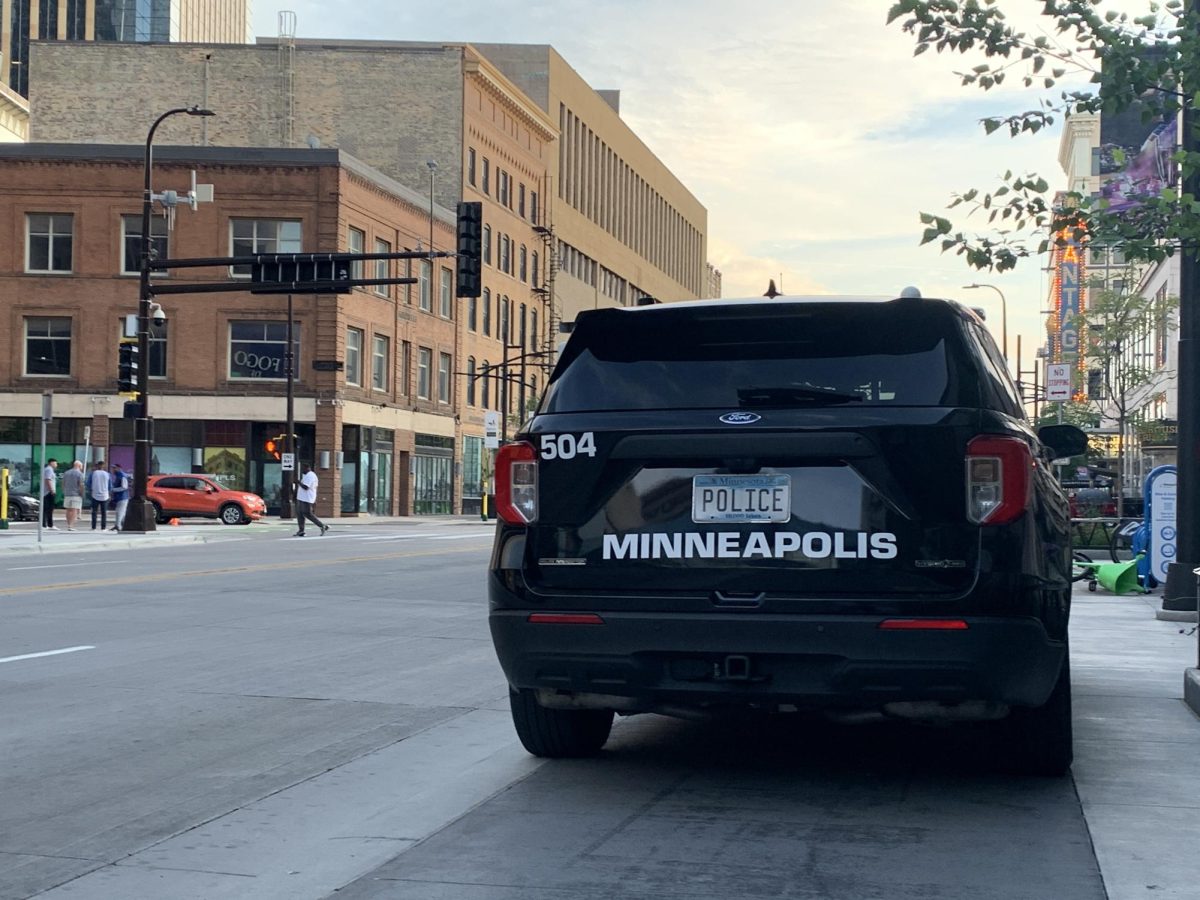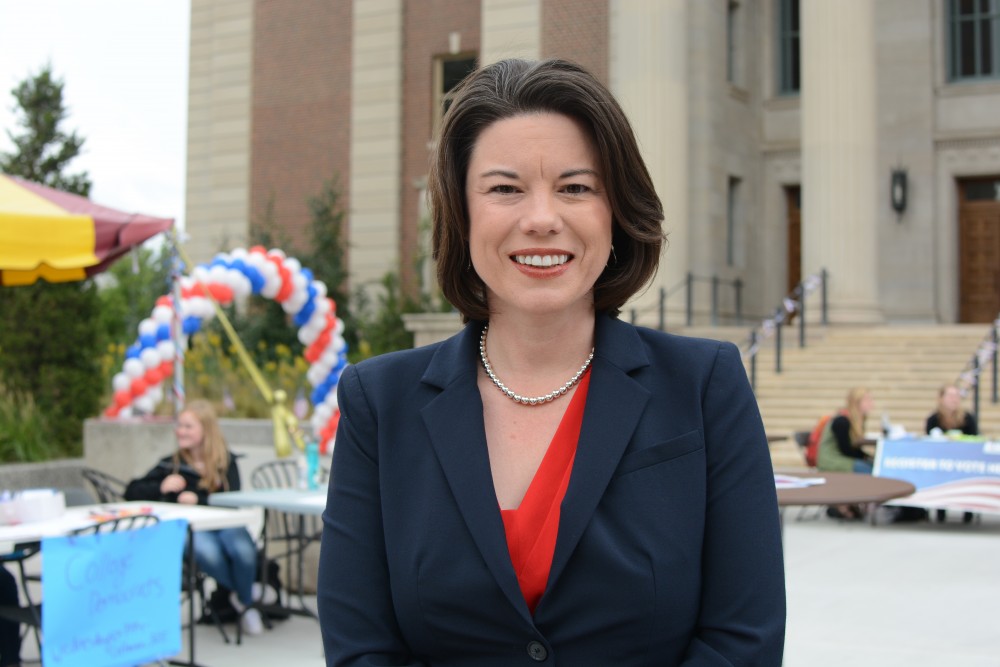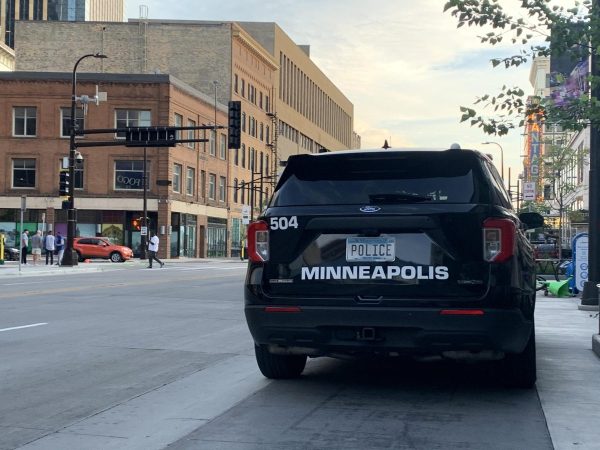A month after voting to merge, the Marcy-Holmes, Southeast Como and Nicollet Island community groups are looking to establish logistics while cultivating a shared community for the East Bank Neighborhood Partnership.
The East Bank Neighborhood Partnership is not official until the Minnesota Secretary of State approves the East Bank Neighborhood Partnership as a legal non-profit organization, according to Chris Lautenschlager, executive director of the Marcy-Holmes Neighborhood Association (MHNA).
The MHNA, Southeast Como Improvement Association (SECIA) and Nicollet Island-East Bank Neighborhood Association community members voted to move forward with the neighborhood associations merger at the beginning of October.
Despite a group of Southeast Como community members who organized against the merger over concerns about how it would impact neighborhood autonomy, all neighborhoods voted in support of the merger by at least 60%.
Lautenschlager said it is important to continue reminding community members that although the three neighborhood associations will disappear, the neighborhoods and the community that has developed around them will not.
“We were never suggesting that that was going to be the case, that we were expecting that every neighborhood has to be intimately and heavily involved in every activity across the entire area,” Lautenschlager said. “That’s unreasonable, you’re going to still want to maintain and protect the interests of your neighborhoods.”
The three neighborhood associations appointed four interim board members, according to Lautenschlager. The interim board’s goals for the next year are to create a new website, establish the new organization’s bylaws, decide on voting procedures and honor existing grants and projects from the three associations.
Katie Fournier, a SECIA representative on the merger planning committee, said a primary motivator of merging associations was to consolidate funding in light of declining financial support from the city for these organizations.
“We hope that as time goes by, (community members) come to see that a larger organization will have more clout, more influence with the large agencies that we deal with, like the city of Minneapolis and the University of Minnesota,” Fournier said.
Barry Clegg, secretary of the Nicollet Island group, said merging associations was a self-preservation effort.
“I think Minneapolis is going to continue to chip away at its funding, and I think that was a long-term risk of whether or not we would survive as one of the smallest neighborhoods in the city,” Clegg said. “This gives us a path to survival and growth.”
As the organizations look toward their shared future, Lautenschlager said a challenge for them will be to increase student involvement in the organization and improve awareness of the guidance and financial resources the neighborhood association offers students. He added that significant student involvement by next year would be a sign of the interim board’s success.
Once the Minnesota Secretary of State approves the East Bank Neighborhood Partnership as a legal organization, the interim board will appoint three representatives from the University neighborhood, according to Lautenschlager.
Following the interim board, elections for the official association board are expected to be held in fall 2025.
A measure of the interim board’s success would be effective official board member elections, a strong communication method between the board and the community and camaraderie, Fournier said.
“People getting along with each other would be a measure of success,” Fournier said.
Although the individual organizations will be no more, Clegg said he hopes the legacies of the individual neighborhoods and their unique events and programs will continue through the East Bank Neighborhood Partnership’s transition period.
“It’s looking out for the interests of all of us,” Clegg said. “That kind of consensus and buy-in would be what I would look for, and that’s going to be more challenging than just putting together a legal document.”














